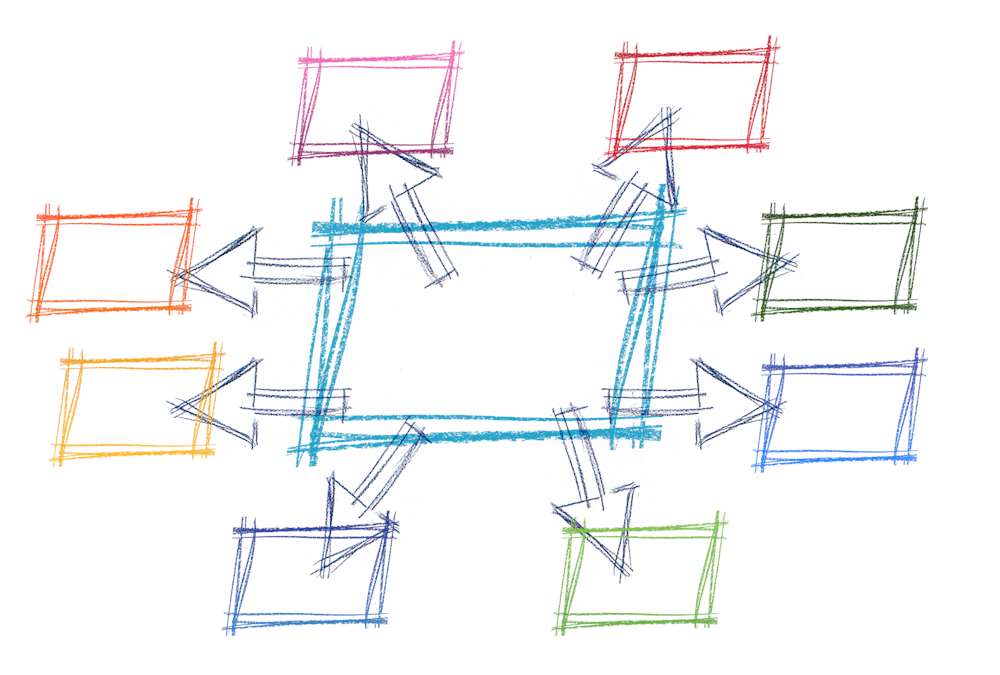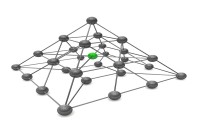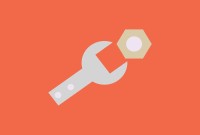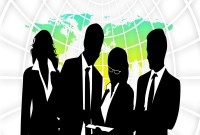- Home
- Business Processes
- Industry Knowledge
- Aerospace Industry
- Automotive Industry
- Banking Domain
- BFSI Industry
- Consumer/ FMCG Industry
- Chemicals Industry
- Engineering & Construction
- Energy Industry
- Education Domain
- Finance Domain
- Hospitality Domain
- Healthcare Industry
- Insurance Domain
- Retail Industry
- Travel and Tourism Domain
- Telecom Industry
- Leadership Skills
- eLearning
- Home
- Functional
- General Ledger (Record to Report)
- Driving Business Efficiency through Divisions and Departments
Driving Business Efficiency through Divisions and Departments
In case of a multi-divisional organizational structure, there is one parent company, or head-office. And that parent owns smaller departments, under the same brand name. Dividing the firm, into several self-contained, autonomous units, provides the optimal level of centralization, in a company.
What do we mean by a department or a division, in context of organizational structures?
The divisions are nothing, but distinct parts, of the same business.
A division of a business or "business division" is one of the parts, into which a business, organization, or company is divided.
Divisions are self-contained units.
The divisional structure consists of self-contained divisions.
Divisions can be defined for different business areas, research units, or administrative offices.
They might have different appointed managers.
And, Divisions may have programmatic, operational, fiscal and budgetary responsibility, for a specific set of business activities, and projects
What is the Relationship between, legal entity and divisions?
A department or division can be viewed as the intersection between a legal entity and a business unit.
In a simplistic scenario, all divisions are part of the same company.
The company itself is legally responsible, for all of the obligations and debts of the divisions.
However, this relationship, may change, in case of large organizations.
In that case, a business division may include, one or many subsidiaries as well.
Initially, in such companies, business units which are part of the same legal entity, are setup to operate in divisions.
Later with growth, these divisions become subsidiaries, and also independent legal entities.
In such cases, various parts of the business may be run by different subsidiaries.
Each subsidiary in such a case is a separate legal entity, owned by the primary business, or by another subsidiary in the hierarchy.
Divisions are also used by management, as a tool for segregation and delegation of responsibilities, to various parts of the business.
Divisions also help the management, in operational control.
Let us understand how they help management in these objectives.
Department as a tool for, Segregation & Delegation.
In case of a multi-divisional organizational structure, there is one parent company, or head-office.
And that parent owns smaller departments, under the same brand name.
Dividing the firm, into several self-contained, autonomous units, provides the optimal level of centralization, in a company.
Although, the whole organization is controlled by central management.
But most decisions are left to autonomous divisions or departments.
Central management provides the overall direction of the firm.
While each division operates autonomously to cater to its own needs.
It is held accountable for its own profits, and can remain productive, even if the other divisions fail.
Divisions as a tool for operational control
A division is a collection of functions, which manage similar types of activities, like the one which produce a product.
They are generally used as cost accumulators and also for revenue recognition.
They may have profit and loss responsibility, and may consist of a group of cost centers.
Departments can also serve as profit centers, managing their own profitability.
In that case, they utilize a budget plan to compete, and operate, as a separate business profit center.
What are some of the basis for creating divisions?
Divisional structure could be based on, many external or internal parameters, based on the management needs.
Some commonly used parameters across industry are, product, customer segment, geographical locations etc.
For example, in case of differentiation by products, each division is responsible for certain product, and has its own resources, such as finance, marketing, warehouse, maintenance etc.
Let us look at some common methods of differentiation, for creating divisions.
First could be, By Product; For example separate divisions are created, to manage different product or service lines.
Another way is to differentiate By Geographical Location; Example is the regional offices created by companies, like Northern Division, Southern division etc.
One can also define divisions by the Type of Customer; For example in case of a bank, different divisions are created to take care of retail business, wealth management and corporate clients.
And divisions can also be created by different Processes; for example in case of a hospital, one can have a division managing admissions, another for surgery, and one for discharge processes, etc.
Related Links
You May Also Like
-
Network Organizational Structures
The newest, and most divergent, team structure is commonly known as a Network Structure (also called "lean" structure) has central, core functions that operate the strategic business. It outsources or subcontracts non-core functions. When an organization needs to control other organizations or agencies whose participation is essential to the success, a network structure is organized.
-
General Ledger - Advanced Features
Modern automated general ledger systems provide detailed and powerful support for financial reporting and budgeting and can report against multiple legal entities from the single system. These systems offer many advanced functionalities right from journal capture to advanced reporting. This article will provide an overview of some advanced features available in today's General Ledgers.
-
Although technically a general ledger appears to be fairly simple compared to other processes, in large organizations, the general ledger has to provide many functionalities and it becomes considerably large and complex. Modern business organizations are complex, run multiple products and service lines, leveraging a large number of registered legal entities, and have varied reporting needs.
-
In most of the automated financial systems, you can define more than 12 accounting periods in a financial year. This article will explain the concept of the adjustment period and the benefits of having adjustment periods. Adjustment periods have their inherent challenges for the users of financial statements and there is a workaround for those who don’t want to use adjustment periods.
-
A Company (also called corporation) may be understood as an association of persons in which money is contributed by them, to carry on some business or undertaking. Persons who contribute the money are called the shareholders or the members of the company. A corporation is an artificial being, invisible, intangible and existing only in contemplation of law. Being the mere creature of law, it possesses only those properties which the charter of its creation confers upon it.
-
What Is a General Ledger? General Ledger (also known in accounting as the GL or the Nominal Ledger) is at the heart of any accounting system. A general ledger is the master set of accounts that summarize all transactions occurring within an entity. Ledger is the skillful grouping and presentation of the Journal entries. Learn the accounting fundamentals, general ledger process, and general ledger flow.
-
As the business grows, the company may want to transition to a branch structure as branches are allowed to conduct a much broader range of activity than representative offices. Branches can buy and sell goods, sign contracts, build things, render services, and generally everything that a regular business can do. A company expands its business by opening up its branch offices in various parts of the country as well as in other countries.
-
Global Business Services (GBS) Model
Global business services (GBS) is an integrated, scalable, and mature version of the shared services model. Global Business Services Model is a result of shared services maturing and evolving on a global scale. It is represented by the growth and maturity of the Shared services to better service the global corporations they support.
-
Hierarchical Organization Structures
Hierarchical structure is typical for larger businesses and organizations. It relies on having different levels of authority with a chain of command connecting multiple management levels within the organization. The decision-making process is typically formal and flows from the top down.
-
There are five types of core accounts to capture any accounting transaction. Apart from these fundamental accounts, some other special-purpose accounts are used to ensure the integrity of financial transactions. Some examples of such accounts are clearing accounts, suspense accounts, contra accounts, and intercompany accounts. Understand the importance and usage of these accounts.
Explore Our Free Training Articles or
Sign Up to Start With Our eLearning Courses

About Us
Learning
© 2023 TechnoFunc, All Rights Reserved











